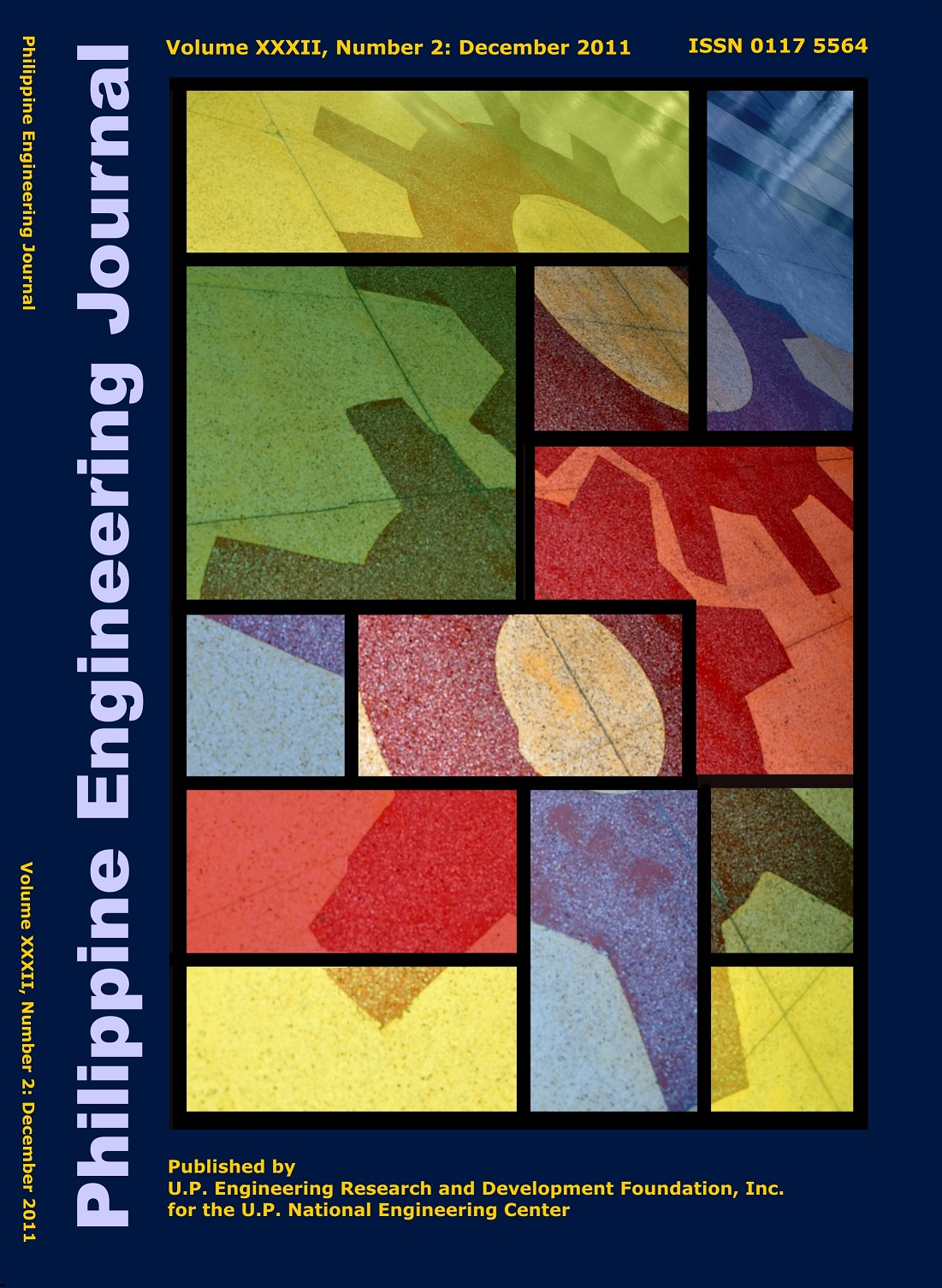Sequential Inactivation of Escherichia Coli in Drinking Water Using Low Sonication Frequency and Chlorination
Abstract
It is known that ultrasound is able to inactivate bacteria and deagglomerate bacteria clusters or flocs through a number of physical, mechanical and chemical effects arising from cavitation bubbles. When sufficient power is applied, ultrasound alone is capable of killing bacteria. In addition, ultrasound at low power can also be used, in conjunction with other treatment, to improve its biocidal effect. Thus, the aim of this study was to investigate the effect of ultrasound treatment time operated at 20-kHz and 100% amplitude on the biocidal efficiency of chlorine towards Escherichia coli suspension.
For the biocidal effect of ultrasound, result showed a 100% inactivation of E. coli was achieved when ultrasonic irradiation time was at 30 minutes. E. coli decay kinetics follow a first order reaction behaviour with the value of inactivation rate constant kE.coli = 0.307 min-1 (R2= 0.99). For primary disinfection with free chlorine, maximum reduction of E.coli colonies of 51.32% has been achieved at 10 mg/L. However, there was no significant improvement in the disinfection effects of chlorine at two different concentrations of 10mg.min/L and 50mg.min/L. Furthermore, ultrasound in conjunction with chlorine required for disinfection. The pretreatment by ultrasound was also proven to be more effective that pretreatment by chlorination.


